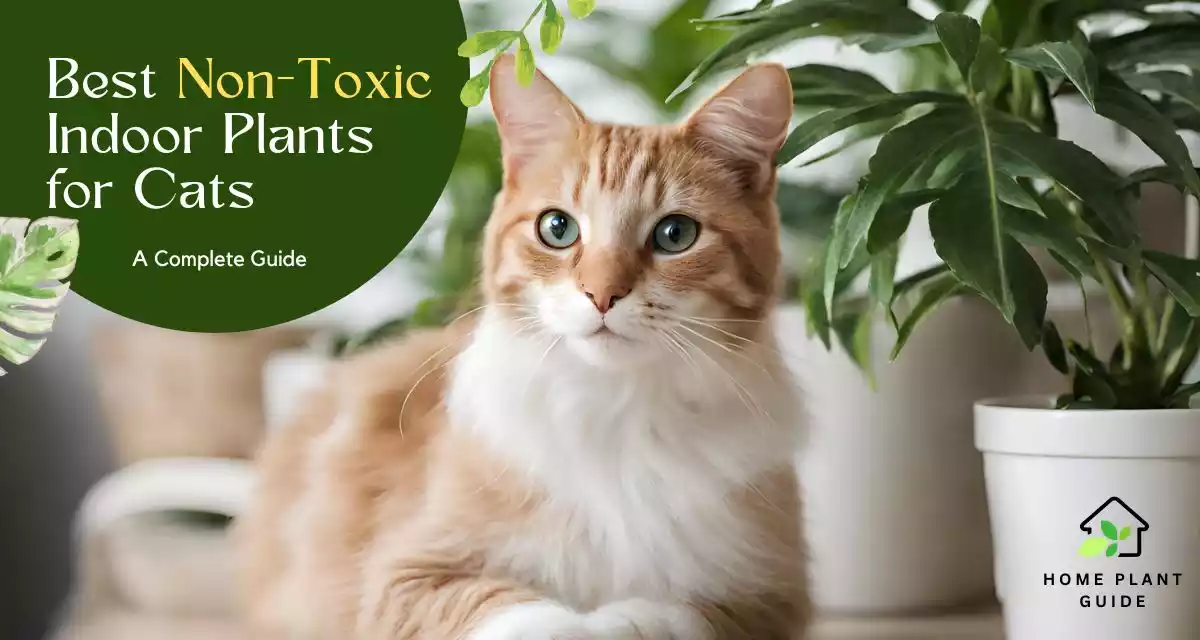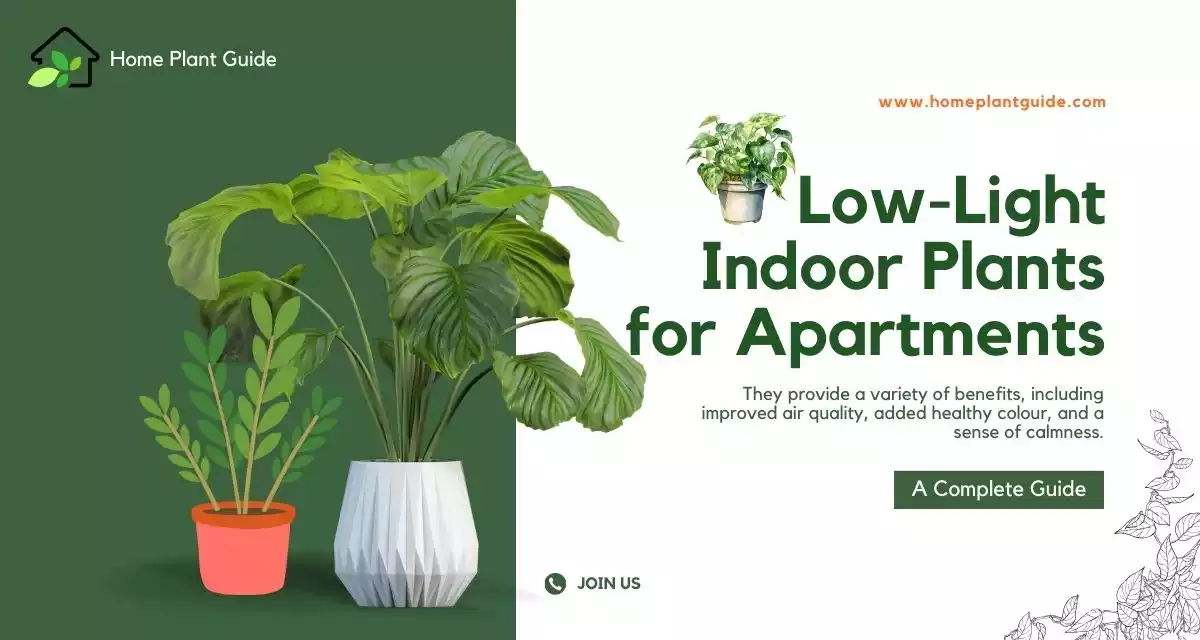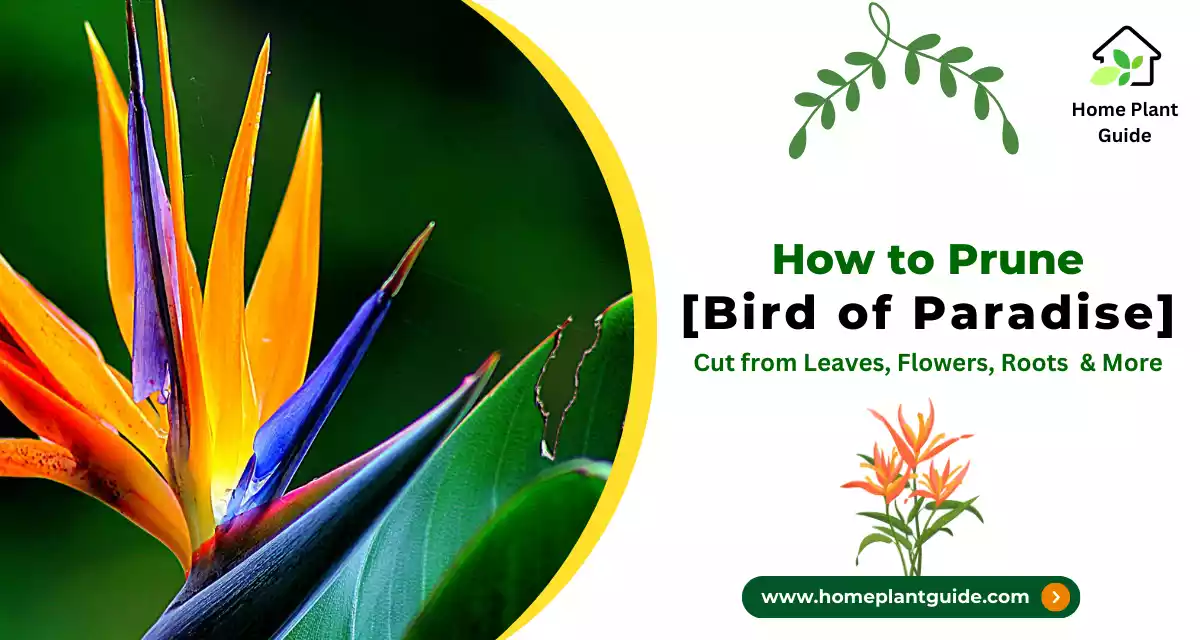Choosing low maintenance indoor plants can be a great choice for individuals who may not have much time to spend on plant care. These types of plants are hardy plants and can thrive easily in a variety of conditions and situations.
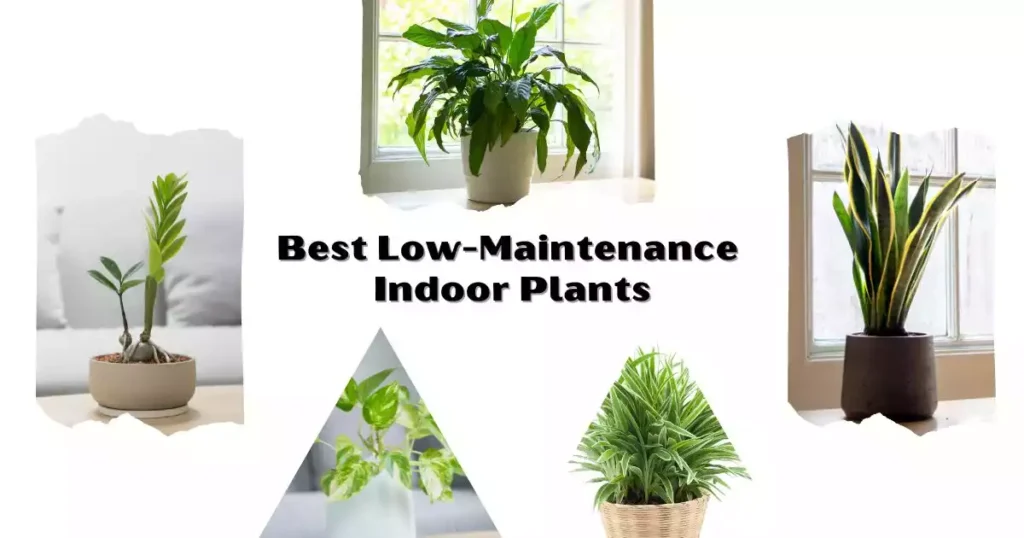
If you are looking for plantation some low-maintenance indoor plants to grow and add to your home, here are a few suggestions.
Here are five indoor plants known for their low maintenance and ease to care:
In This Article
Snake Plant
Snake plants are very popular houseplants due to their low-maintenance nature and striking upright leaves. The Snake Plant is highly tolerant of low light conditions and irregular.
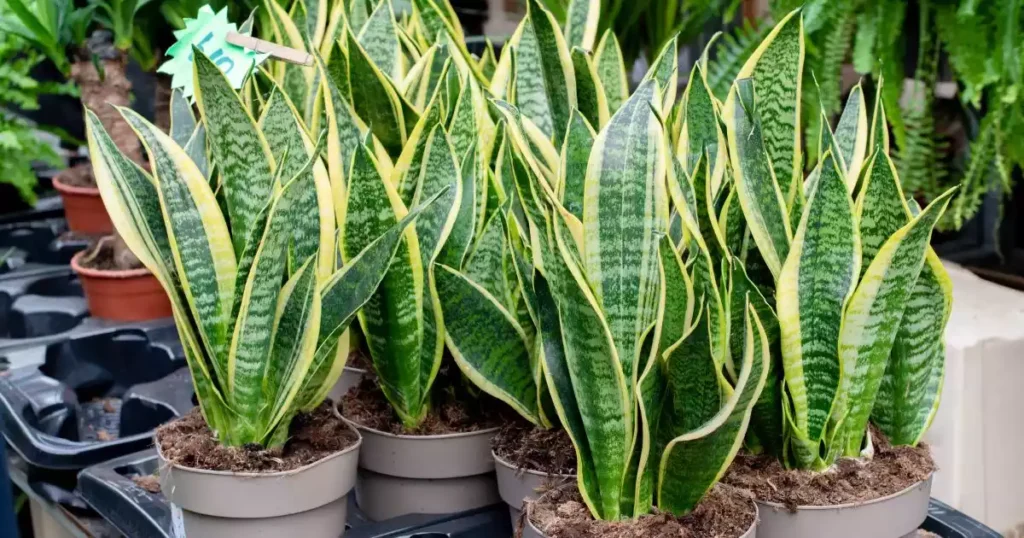
The scientific name of this plant is Sansevieria trifasciata. These plants are ideal for busy individuals or those who travel frequently. It is also one of the most popular houseplants due to its easy to care.
They are low-maintenance plants that purify indoor air. Their hardy nature makes them perfect for the beginner who loves plantation.
Characteristics of Snake Plant
| Scientific Name | Dracaena trifasciata |
| Type of Plant | Evergreen perennial is typically grown as a houseplant |
| Mature Size | 2 feet tall when grown as a houseplant and 6 inches to 12 feet tall in native habitat |
| Flower color | White |
| Sun Exposure | Partial, shade |
| Native Area | West Africa |
| Toxicity | Toxic to both cats and dogs |
| Bloom Time | Spring |
Get Snake Plant Guide
| Snake Plant Care, Propagation, Benefits, Toxicity & More Details | Explore |
ZZ Plant
It is also known as the Zanzibar gem. The scientific name of this plant is Zamioculcas zamiifolia.
The ZZ plant is another low-maintenance champion houseplant. It can tolerate a wide range of light conditions – from bright indirect light to low light.
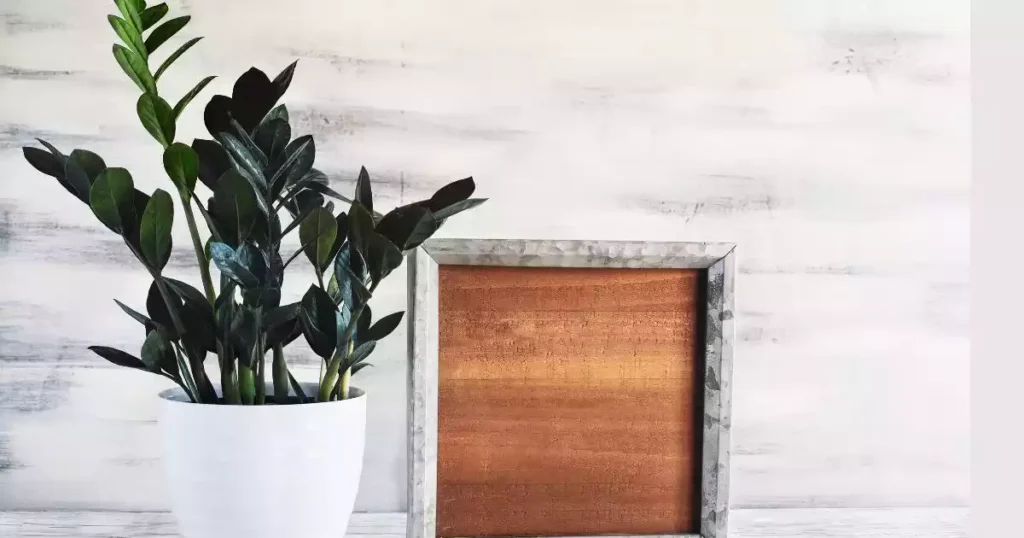
Also, this plant can survive for a few weeks without water. Its glossy, dark green leaves add a touch of elegance to any room in the house.
Characteristics of ZZ Plant
| Scientific Name | Zamioculcas zamiifolia |
| Mature Size | Upto 3ft. indoors, 2-4 ft. wide |
| Leaf Size | Up to 6 inches long and 3 inches wide |
| Leaf color | Dark green, glossy |
| Flowers | Small, inconspicuous |
| Fruit | Small, red berries |
| Native Area | Africa |
| Toxicity | Toxic to humans and toxic to pets |
| Bloom Time | Spring |
Get ZZ Plant Guide
| ZZ Plant Care, Propagation Techniques, Benefits, Toxicity & More Details | Explore |
Spider Plant
Spider plant is very popular for their easy to grow and propagation. Spider plants are known for their air-purifying qualities.
They can able to purify the air in your home. For this reason, you will feel always fresh and healthy in your home.
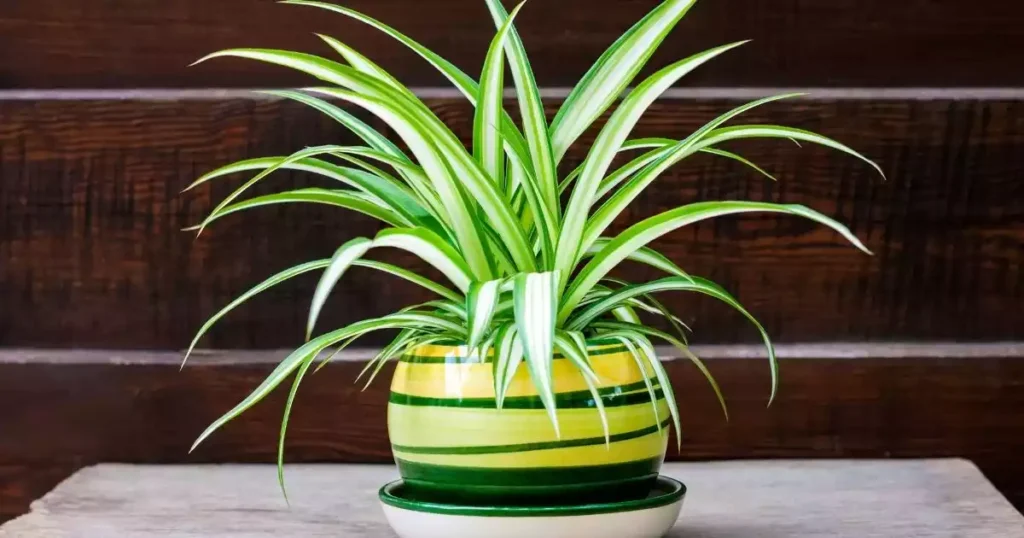
They produce baby spiderettes (Spider plant plantlets), which can be easily repotted to create new plants.
Spider plants can tolerate low light and infrequent watering, making them ideal for beginners.
Characteristics of Spider Plant
| Scientific Name | Chlorophytum comosum |
| Leaf Size | 6-12 inches long, 1-2 inches wide |
| Leaf Colour | Variegated green and white, all-green or all-white |
| Flowers | Small, white, star-shaped flowers on long stems |
| Sun Exposure | Bright to moderate indirect sunlight |
| Native Area | All over the world, especially in Australia, Asia, and Southern Africa |
| Toxicity | Non-toxic to pets and humans |
| Blooming Time | Spring and summer |
Get Spider Plant Guide
| Spider Plant Care, Propagation, Benefits, Curly Spider Plant, Toxicity & More Details | Explore |
Peace Lily Plant
The scientific name of this plant is Spathiphyllum spp. With their graceful white flowers and lush green foliage, peace lilies bring a touch of sophistication to any room.
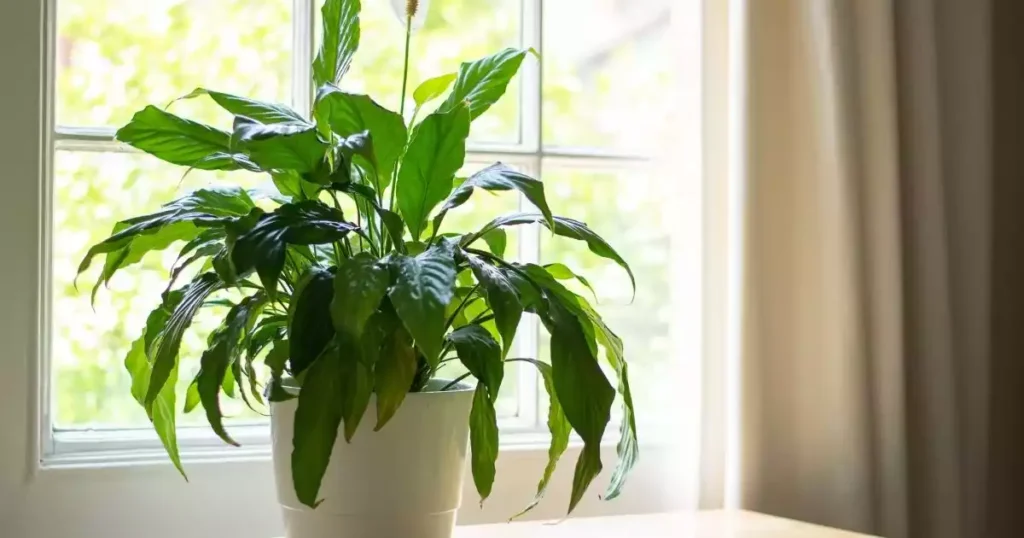
Generally peace lily can prefer indirect light but can tolerate low-light conditions. Peace lilies are known for their ability to indicate when they need watering and also make them relatively easy to care for.
Characteristics of Peace Lily Plant
| Scientific Name | Spathiphyllum spp |
| Mature Size | 1–4 ft. tall, 1–4 ft. wide (indoors), up to 6 ft. tall (outdoors) |
| Flower color | White, yellow |
| Sun Exposure | Partial |
| Native Area | Central America, Asia |
| Toxicity | Toxic to both pets and human |
| Bloom Time | Spring |
Get Peace Lily Plant Guide
| Peace Lily Care, Propagation, Leaves Drooping Problem, Toxicity & More Details | Explore |
Pothos Plant
This popular vining plant is known for its adaptability and resilience. It can tolerate low light and irregular watering. Its trailing stems can be trained to climb or cascade over shelves and furniture.

Pothos comes in a variety of colors and patterns. For that reason, it looks very charming and adds a splash of greenery to your home decor.
Pothos plants can be propagated by stem cuttings or by division. Stem cuttings are the easiest way to plantation. Simply cut a piece of stem from the plant and place it in water normally.
Characteristics of Pothos Plant
| Scientific Name | Epipremnum aureum |
| Mature Size | 20–40 ft. long, 3–6 ft. wide |
| Flower color | Gold or Yellow, Purple or Lavender |
| Sun Exposure | Full sun, partial shade |
| Native Area | Asia |
| Toxicity | Toxic to both cats and dogs |
| Bloom Time | Rarely flowers |
Get Neon Pothos Plant Guide
| Neon pothos Care, Propagation, Yellow Leaves Problem, Toxicity & More Details | Explore |
Basic Requirements for Plantation All Above Plants
Caring for low-maintenance indoor plants doesn’t have to be a chore. Here are some general tips to keep them thriving with minimal effort:
Light
Place plants according to their light preferences—some thrive in low light while others need brighter conditions. They prefer bright and indirect light.
They can also tolerate low light conditions, but they may not grow as quickly. Avoid placing the plant in direct sunlight. Indirect sunlight is usually best for most indoor plants.
Watering
Allow the soil to dry out completely between waterings.
Avoid overwatering. Let the soil dry out between waterings, and always check the plant’s specific watering needs. Overwatering can lead to root rot.
Temperature
These plants can prefer warm temperatures, ideally between 65-80 degrees Fahrenheit (18-27 degrees Celsius).
Try to avoid placing them in drafts or near cold windows.
Potting Soil
Use well-draining soil to prevent waterlogged roots.
Repotting
Generally, these plants grow moderately quickly and may need to be repotted every 2-3 years.
Choose a pot that is only slightly larger than the current one to avoid overpotting.
Pots
Ensure pots have drainage holes to prevent water accumulation.
Propagation
Propagate by division or leaf cuttings.
Cleaning
Wipe down the leaves of your plants with a damp cloth occasionally to remove dust and debris.
These low-maintenance indoor plants not only add aesthetic value but also contribute to a healthier indoor environment.
So, even with a busy lifestyle, you can enjoy the benefits of greenery without the added stress of high maintenance.
Read More Indoor Plantation:

